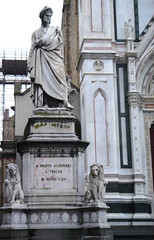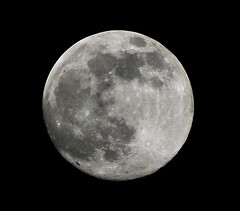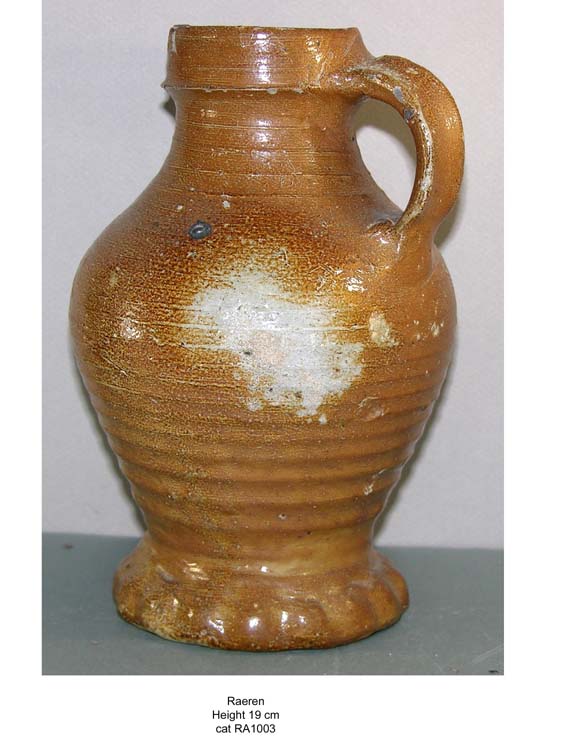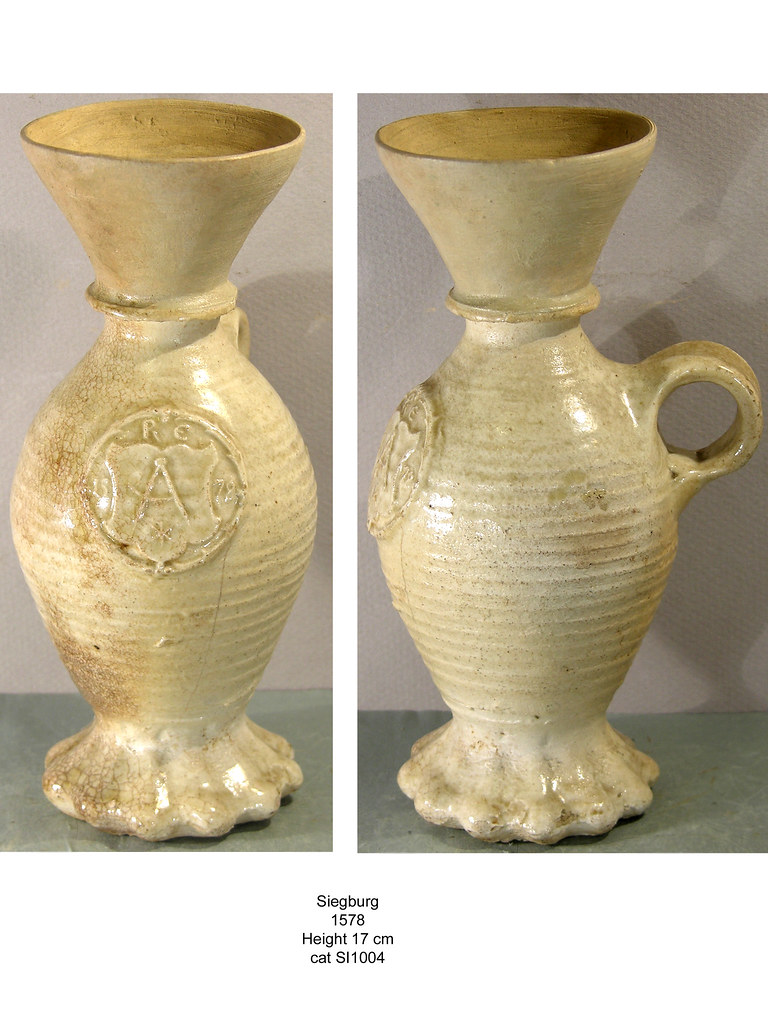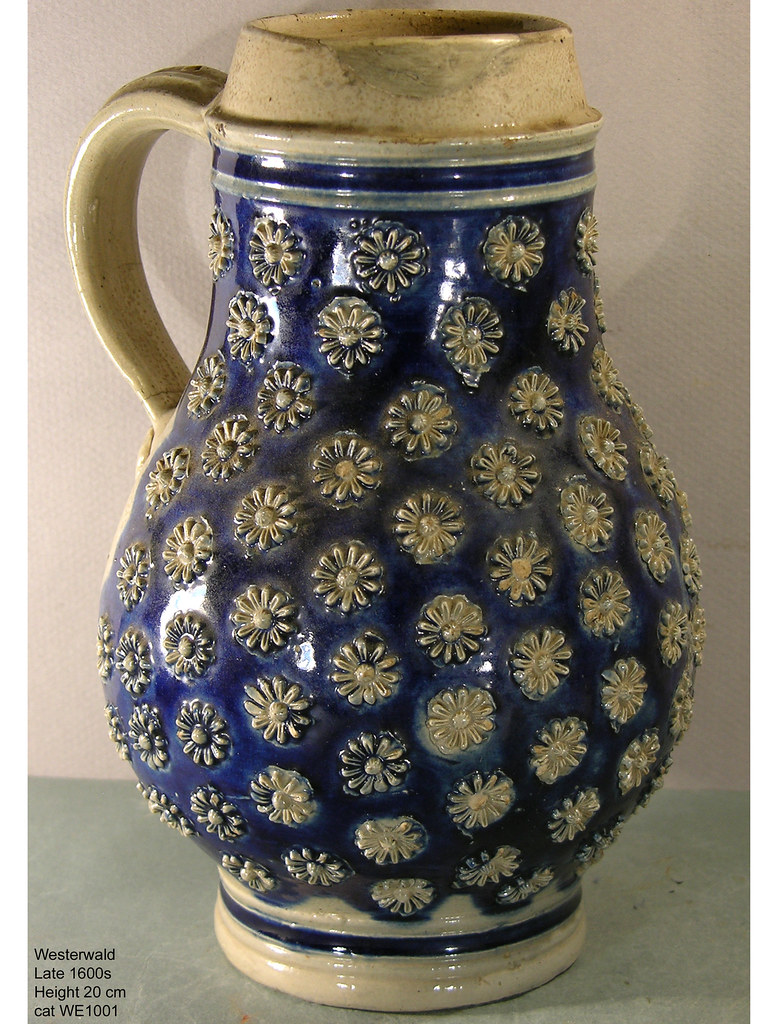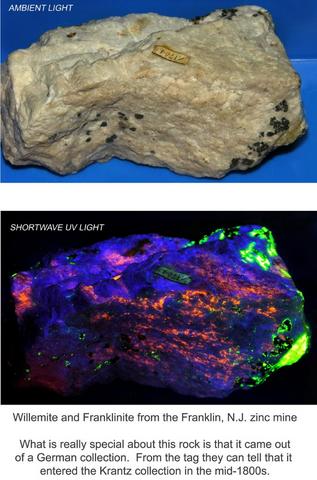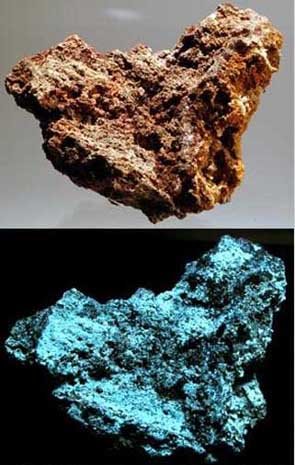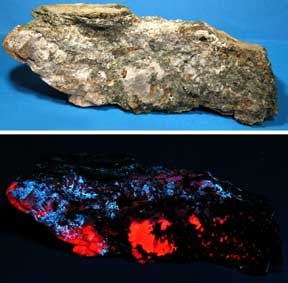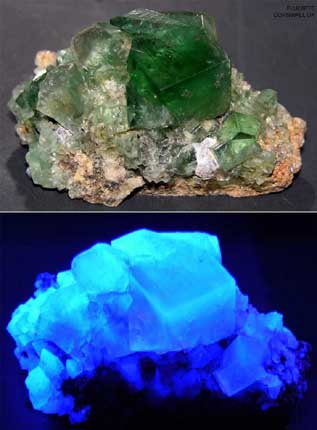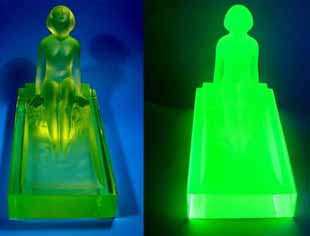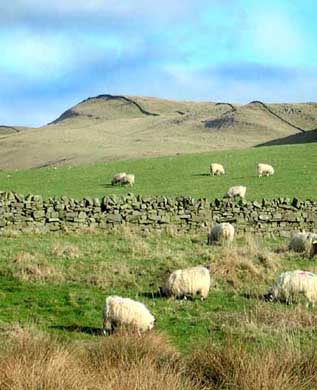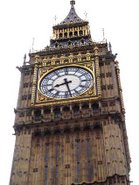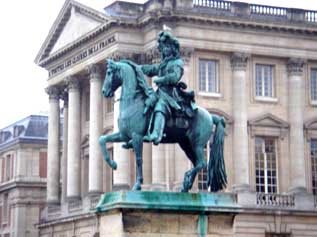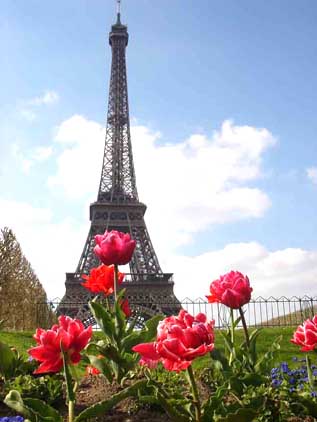Roman Villa Ahrweiler
-------------------------------------(click on the pictures and they will enlarge)
--
About half way between Cologne/Koln, Germany and Koblenz there is a Roman Villa that is really worth going out of your way to see. It is located at 50.538832N 7.084909E
The Roman Villa Ahrweiler has been extensively studied by archaeologists, and the German government has built a building and very nice roof over it to protect it from the elements. It sits right next to some beautifully cultivated fields of grapes.
One of the things which makes this villa at Ahrweiler so special is that many of the “typical” Roman artifacts that one sees in Roman archaeological museums all over Europe have been found there and are on display.
Roman artifacts that one sees in Roman archaeological museums all over Europe have been found there and are on display.
-
-
-
-
-
Included are: A good collection of ceramic roof tiles (including some that a domesticated cat walked over while they were still drying).
-
-
-
-
-
 We know that weaving was going on at the site because ceramic loom weights were found there.
We know that weaving was going on at the site because ceramic loom weights were found there.
-
-
-
-
-
Virtually all Roman museums have a selection of pottery shards. Normally there is a collection of some of the fine red ware called Terra Sigillata (called samian ware in the UK), and also some pieces of amphora which are normally tan colored and unglazed. http://en.wikipedia.org/wiki/Samian_ware
-
-
-
-
-
Fibula (broach/safety pin) were used extensively by the Romans. On a utilitarian basis they were used as the safety pin to keep their toga closed. They were made of bronze. Fibulae were also symbols of status, and occasionally one will find a fibula that is gold plated. Banks did not yet exist in Roman times. So various ways to sock away some resources were invented. Many pots have been found buried full of Roman coins. Since Roman coins have been extensively studied, this is a good way to achieve excellent dating of a site. Occasionally one will find a hoard of fibulae buried, since they were worth some real money.
also symbols of status, and occasionally one will find a fibula that is gold plated. Banks did not yet exist in Roman times. So various ways to sock away some resources were invented. Many pots have been found buried full of Roman coins. Since Roman coins have been extensively studied, this is a good way to achieve excellent dating of a site. Occasionally one will find a hoard of fibulae buried, since they were worth some real money.
-
-
-
-
-
The Romans used iron nails, and these are almost always found at 2,000 year old Roman sites. One typically also finds parts of door locks, and sometimes keys. Somewhat less common are hair pins, the stylus used for writing in wax covered wood tablets, and needles.
-
-
-
-
-
The Romans made glass extensively. At most Roman sites one finds pieces of broken glass, many times light blue in color (due to the iron content). Occasionally one sees roman glass containers which are intact.
The Romans loved wearing beads and ornaments (occasionally ones with sexual connotations). I have seen in Roman museums all over Europe and England the type of bead called a “melon bead.” I have been a part of an archaeological expedition where we self collected pieces of these melon beads.
-
-
-
-
-
Virtually all wealthy Roman Villas in Europe were heated by the hypocaust method. The ground floor (made of cement and tile) was elevated to create a crawl space about 1 meter (3 feet) high. The floor was supported by either rectangular or round ceramic tiles. These were stacked one on top of the other with mortar in between.
The floor was supported by either rectangular or round ceramic tiles. These were stacked one on top of the other with mortar in between.
A fire was lit on the outside of the building so that the exhaust gasses flowed under the floor. The burnt gas was exhausted upwards via square box tiles inside of the walls. Thus both the floor and the walls were heated.
--
About half way between Cologne/Koln, Germany and Koblenz there is a Roman Villa that is really worth going out of your way to see. It is located at 50.538832N 7.084909E
The Roman Villa Ahrweiler has been extensively studied by archaeologists, and the German government has built a building and very nice roof over it to protect it from the elements. It sits right next to some beautifully cultivated fields of grapes.
One of the things which makes this villa at Ahrweiler so special is that many of the “typical”
 Roman artifacts that one sees in Roman archaeological museums all over Europe have been found there and are on display.
Roman artifacts that one sees in Roman archaeological museums all over Europe have been found there and are on display.-
-
-
-
-
Included are: A good collection of ceramic roof tiles (including some that a domesticated cat walked over while they were still drying).
-
-
-
-
-
 We know that weaving was going on at the site because ceramic loom weights were found there.
We know that weaving was going on at the site because ceramic loom weights were found there.-

-
-
-
-
Virtually all Roman museums have a selection of pottery shards. Normally there is a collection of some of the fine red ware called Terra Sigillata (called samian ware in the UK), and also some pieces of amphora which are normally tan colored and unglazed. http://en.wikipedia.org/wiki/Samian_ware
-
-
-
-
-
Fibula (broach/safety pin) were used extensively by the Romans. On a utilitarian basis they were used as the safety pin to keep their toga closed. They were made of bronze. Fibulae were
 also symbols of status, and occasionally one will find a fibula that is gold plated. Banks did not yet exist in Roman times. So various ways to sock away some resources were invented. Many pots have been found buried full of Roman coins. Since Roman coins have been extensively studied, this is a good way to achieve excellent dating of a site. Occasionally one will find a hoard of fibulae buried, since they were worth some real money.
also symbols of status, and occasionally one will find a fibula that is gold plated. Banks did not yet exist in Roman times. So various ways to sock away some resources were invented. Many pots have been found buried full of Roman coins. Since Roman coins have been extensively studied, this is a good way to achieve excellent dating of a site. Occasionally one will find a hoard of fibulae buried, since they were worth some real money.-
-
-
-
-
The Romans used iron nails, and these are almost always found at 2,000 year old Roman sites. One typically also finds parts of door locks, and sometimes keys. Somewhat less common are hair pins, the stylus used for writing in wax covered wood tablets, and needles.

-
-
-

-
-
The Romans made glass extensively. At most Roman sites one finds pieces of broken glass, many times light blue in color (due to the iron content). Occasionally one sees roman glass containers which are intact.
The Romans loved wearing beads and ornaments (occasionally ones with sexual connotations). I have seen in Roman museums all over Europe and England the type of bead called a “melon bead.” I have been a part of an archaeological expedition where we self collected pieces of these melon beads.
-
-
-
-
-
Virtually all wealthy Roman Villas in Europe were heated by the hypocaust method. The ground floor (made of cement and tile) was elevated to create a crawl space about 1 meter (3 feet) high.
 The floor was supported by either rectangular or round ceramic tiles. These were stacked one on top of the other with mortar in between.
The floor was supported by either rectangular or round ceramic tiles. These were stacked one on top of the other with mortar in between.A fire was lit on the outside of the building so that the exhaust gasses flowed under the floor. The burnt gas was exhausted upwards via square box tiles inside of the walls. Thus both the floor and the walls were heated.
-

